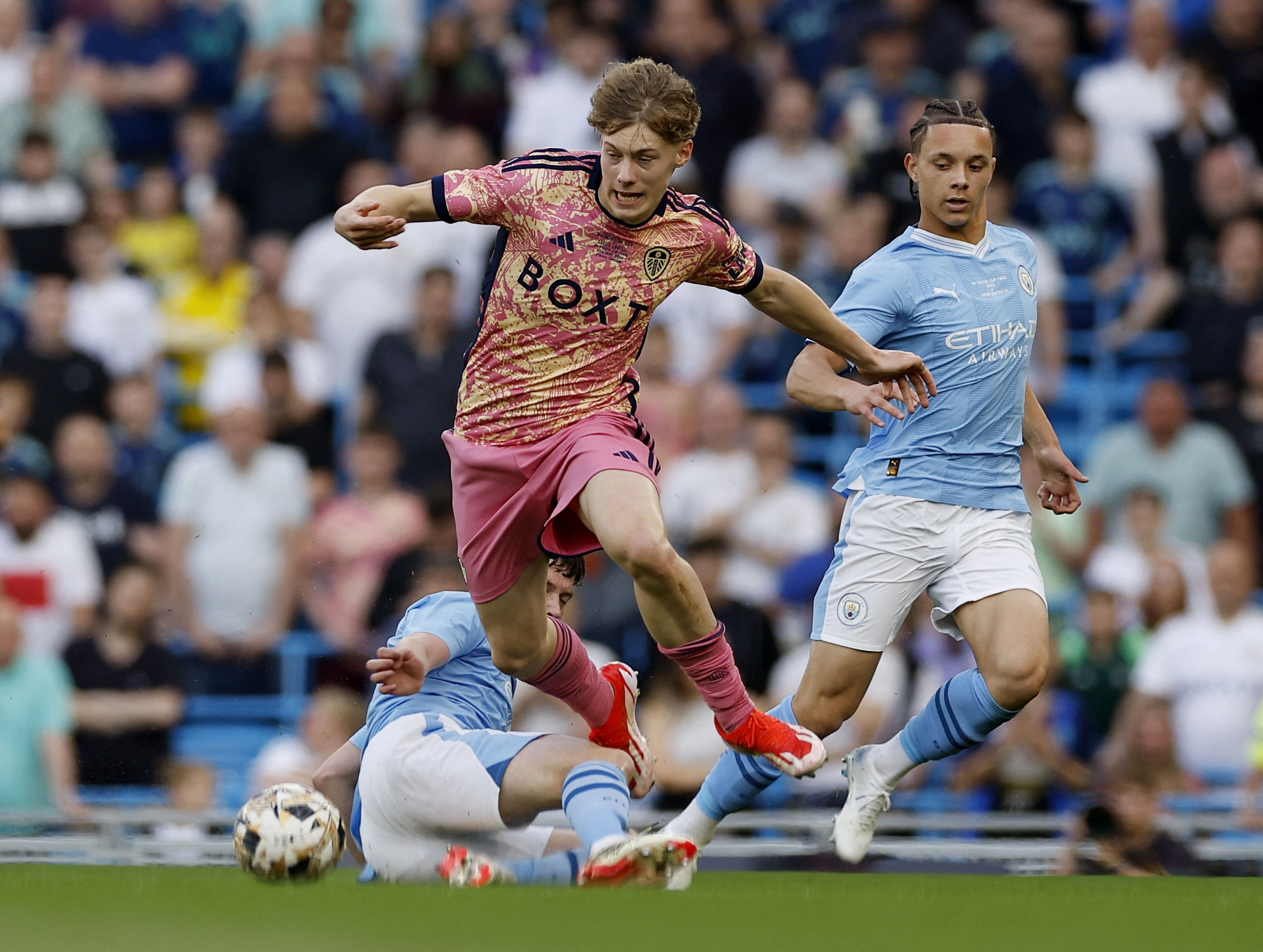Case Report: Cristiano Ronaldo’s Patellar Tendinopathy
Patella tendinopathy can be particularly difficult to manage, yet athletes can continue to compete with the pathology. Cameron Gill provides practitioners with management strategies to keep athletes competing while managing the risks and ensuring optimal clinical outcomes.
Cristiano Ronaldo is undoubtedly one of the greatest men’s football players. The Portuguese forward, who currently plays for Manchester United, has continued to perform at the highest level into his mid-30s, and this prolonged period of competition increases injury risks. In the 2013-2014 season, Ronaldo persevered through patellar tendinopathy (PT) to lead Real Madrid to a prestigious Champions League victory and then pursue the World Cup with Portugal’s national team. While Portugal fell short, Real Madrid achieved its ultimate goal with Ronaldo at its helm(1). While competing with PT certainly poses risks of worsening the disorder, practitioners can take meaningful steps to manage these risks for in-season athletes.
Patellar tendinopathy
Symptomatic PT, commonly known as jumper’s knee, is characterized by localized patellar tendon pain. Stretch shortening cycle activities, such as jumping and cutting, aggravate PT(2).
The pain is localized to the patellar tendon’s proximal attachment at the patella’s inferior pole. However, it can also present more distally where the tendon attaches to the tibial tuberosity (see figure 1)(3).
You need to be logged in to continue reading.
Please register for limited access or take a 30-day risk-free trial of Sports Injury Bulletin to experience the full benefits of a subscription. TAKE A RISK-FREE TRIAL
TAKE A RISK-FREE TRIAL
Further reading
30 Day Free Trial of Sports Injury Bulletin
Newsletter Sign Up
Subscriber Testimonials
Dr. Alexandra Fandetti-Robin, Back & Body Chiropractic
Elspeth Cowell MSCh DpodM SRCh HCPC reg
William Hunter, Nuffield Health
Newsletter Sign Up
Coaches Testimonials
Dr. Alexandra Fandetti-Robin, Back & Body Chiropractic
Elspeth Cowell MSCh DpodM SRCh HCPC reg
William Hunter, Nuffield Health
Be at the leading edge of sports injury management
Our international team of qualified experts (see above) spend hours poring over scores of technical journals and medical papers that even the most interested professionals don't have time to read.
For 17 years, we've helped hard-working physiotherapists and sports professionals like you, overwhelmed by the vast amount of new research, bring science to their treatment. Sports Injury Bulletin is the ideal resource for practitioners too busy to cull through all the monthly journals to find meaningful and applicable studies.
*includes 3 coaching manuals
Get Inspired
All the latest techniques and approaches
Sports Injury Bulletin brings together a worldwide panel of experts – including physiotherapists, doctors, researchers and sports scientists. Together we deliver everything you need to help your clients avoid – or recover as quickly as possible from – injuries.
We strip away the scientific jargon and deliver you easy-to-follow training exercises, nutrition tips, psychological strategies and recovery programmes and exercises in plain English.





